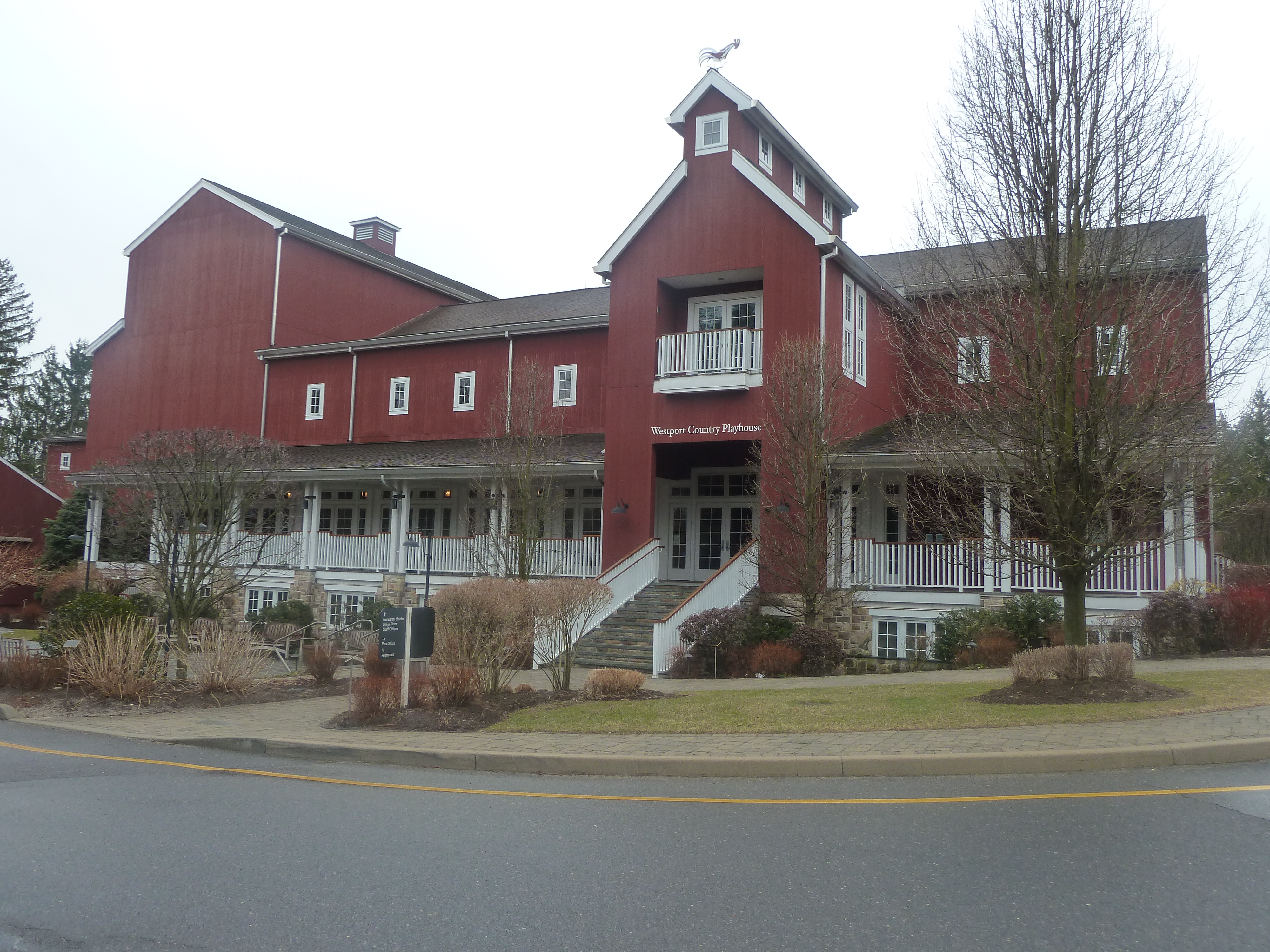BY CARY GINELL
We in Ventura County value community theater because of its ability to attract quality performers and entertainment, presented in a relaxed, local setting. Simply put, there would be no Broadway if there weren’t community playhouses where talents can be sharpened, properties can be tried out and perfected, and where audiences don’t have to travel to major metropolises and pay a fortune in ticket prices and parking in order to see a play or a musical. Last week, while visiting family in Westport, Connecticut, I had the opportunity to visit one of the legendary landmarks of community theater, the Westport Country Playhouse. The theater was founded in 1931 by Lawrence Langner and his wife, Armina Marshall, both theatrical producers with Broadway’s Theatre Guild, who wished to start their own theater near their home in nearby Weston. When they happened upon an old barn, just off Post Road that ran through town, they knew that this was the place they had been looking for. The theater officially opened on June 29, 1931 and was called the Country Playhouse.
The seating for the theater was in long church pews, with a capacity of 499. It was decorated with red and gold bunting resembling a toy Victorian puppet theater that Langner had seen while growing up in England. The Playhouse was originally a ‘tryout theater,” but soon attracted many of Broadway’s greatest names, including Helen Hayes, Paul Robeson, Ethel Barrymore, and many others. In 1940, a revival of a failed 1931 play by Lynn Riggs called Green Grown the Lilacs was staged there, produced and directed by John Ford and starring John Wayne. Wayne never appeared in the show, but Langner got a friend of his, Richard Rodgers, who lived nearby to come see it. Rodgers was in the process of breaking in a new lyricist when his partnership with Lorenz Hart was coming to an end. Rodgers’ new lyricist, Oscar Hammerstein II, was entranced with the show, and the two decided to write a musical version of it, which resulted in Oklahoma! (1943), the most groundbreaking, revolutionary musical in Broadway history.
In 1959, the Langners turned over operation of the Playhouse to James B. McKenzie, who produced the annual summer series until 2000. That year, actress Joanne Woodward, a Westport resident, became artistic director, and even got her husband, Paul Newman, to go on stage for the first time in decades, playing the narrator in a 2002 staging of Thornton Wilder’s Our Town. Today, after a renovation in 2005, the Playhouse is better than ever, a state-of-the-art theater that still manages to preserve its original charm and character. Inside, original posters from its many years in operation line the foyer, as well as memorabilia preserved since its 2005 renovation. In its 84 seasons, the Westport Country Playhouse has produced more than 775 productions, many of which, like Green Grow the Lilacs, have had a significant influence on American theater. The next time you see a play or musical in Ventura County, keep in mind the Westport Country Playhouse and the essential role small community theaters play in sharing quality entertainment with the American public.






No Comments